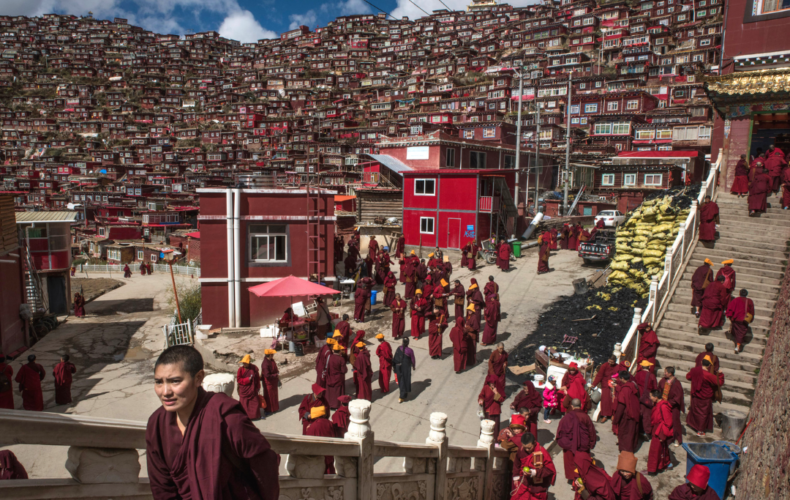As part of the resettlement of Tibetans to better the lives of the inhabitants and save the area’s diverse ecological balance. About 17,555 Tibetans will be moved away from high-altitude areas in Nagqu City, southwest China’s Tibet Autonomous Region.
Within the next 1.5 months, residents will relocate from districts in Shannan City. An average height of above 4,500 meters in more favourable regions at roughly 3,600 meters.
Director of the regional forestry and grassland administration Wu Wei claimed that residents of the city had previously resided in areas with poor lifestyles and economic circumstances, hard temperatures, and destroyed grasslands.

The resettlement plan, according to Wu, “tends to reflect a people-centred growth philosophy, taking into account both environmental protection and people’s need for a better quality of life.”
In about 100 Tibetan communities, more than 130,000 people will be part of the resettlement program in eight years.
According to Tibet Press, this follows just after a recent White Paper on Tibet titled “Tibet since 1951: Liberation, Development, and Prosperity from Beijing” made it abundantly obvious that there were no concerns about the extent of environmental degradation in Tibet.
Beijing is currently shattering and destroying Tibet’s nature-dependent ecosystems. For their gain, without even offering the locals a single opinion.
By wanting to move forward with eco-friendly and environmentally focused measures. It made the government look good instead of admitting that Tibet is in an ecological crisis.
China– According to Tibet Press, each of these ultimately occurs in the rapid depletion of rivers, melting of glaciers, thawing of permafrost, flooding, loss of grasslands, and many other effects as a function of environmental degradation happening in Tibet under the rigorous watch of President Xi Jinping.
The China central government has been slowly increasing its control over Tibet since the 1959 rebellion. There is no freedom of the press, no freedom of speech, and there are still unjustified detentions in Tibet today.

Tibetan culture is in danger of dying out because of the China people. With low incomes are being moved and forced to have abortions or be sterilized.
While China has made investments in the country’s facilities, especially in Lhasa. It has also urged thousands of Han Chinese to relocate to Tibet, which has caused a demographic transition.
Local news reports say that Beijing, which now controls Tibet, sees it more as a place to dump trash than as a safe place. It also doesn’t have the resources to protect this very fragile but important environment and unique biome.
By putting in place policies from Beijing, the terrible effects of climate change, like damage to the environment, are brought to Tibet.
The melting of Tibet’s glaciers is a problem for all the places that get most of their water from those glaciers.
Since the Brahmaputra, the Ganges, the Mekong, and the Yangtze all originate in Tibet, more than 1.5 billion people in Asia rely on Tibet as their primary source of water.













